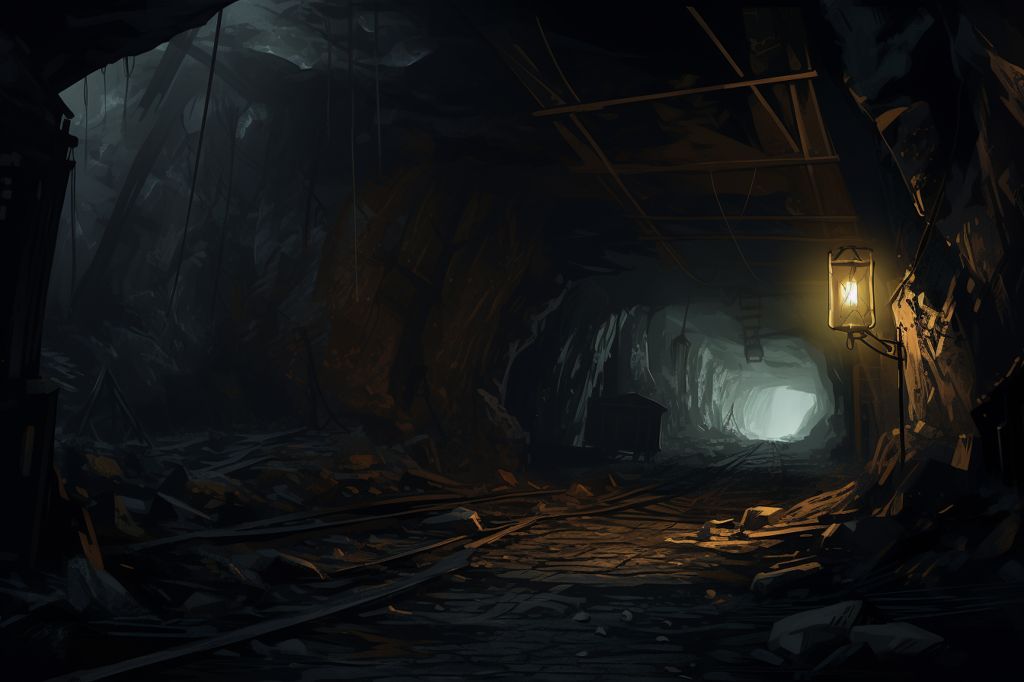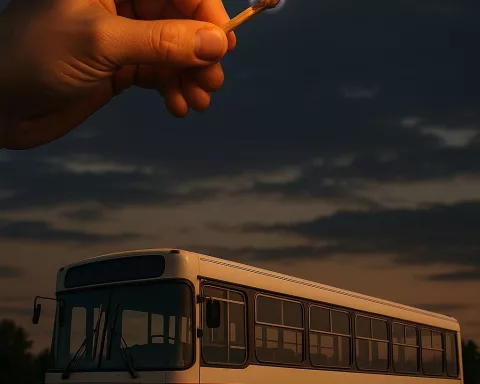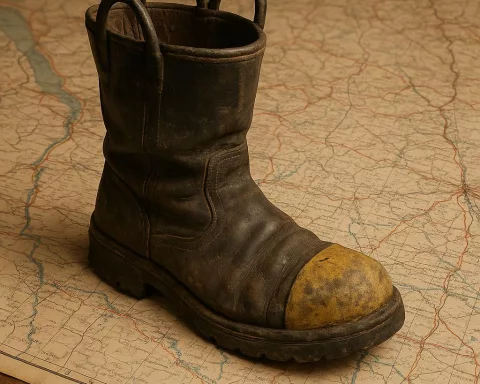A Heartbreaking Loss and a Call for Safety
The mining community recently experienced a heart-wrenching tragedy when several workers perished in a catastrophic bus accident in Limpopo province, South Africa. The disaster, which transpired on September 17, 2023, plunged family members, friends, and co-workers of the victims into profound grief and disbelief. The Department of Mineral Resources and Energy (DMRE) has conveyed its sincerest sympathies to the mourning families and extended their wishes for a swift recovery to those injured.
This calamity underscores the significance of prioritizing the safety and welfare of mine workers who contribute to the success of South Africa’s mining sector. The industry, often dubbed a “sunrise industry,” owes a great deal of its success to the determination and effort of its workforce.
Though the accident was a vehicular incident rather than a direct consequence of mining activities, it emphasizes the necessity for heightened attention by all stakeholders to ensure the safety of those employed in the sector. The DMRE’s appeal for collective action is a vital step towards the common objective of attaining Zero Harm in South African mines.
The Broader Context of Mining Safety and Cultural Impact
While honoring the lives lost in this unfortunate event, it is crucial to explore the broader context of mining safety in South Africa and the various historical and artistic movements that have attempted to tackle the challenges confronting the sector. Mining has long been an integral component of the South African economy and its cultural identity. However, the industry has grappled with numerous challenges, including worker safety and environmental concerns.
Initiatives to enhance the safety of mine workers have persisted for decades, with various government and industry efforts aimed at reducing accidents and fatalities. Despite these endeavors, incidents like the recent bus accident continue to happen, illustrating the need for ongoing improvement and collaboration among stakeholders.
A specific area that requires attention is transportation safety for mine workers. The Venetia Mine catastrophe reminds us of the importance of ensuring not only a secure working environment but also safe transportation to and from their workplace. This encompasses well-maintained and protected vehicles and roads, as well as comprehensive driver training programs.
It is also valuable to examine how artistic and cultural movements have tackled the challenges of mining safety and contributed to raising awareness. For instance, South African literature and visual arts often portray the struggles and victories of mine workers, illuminating their harsh working conditions and the need for improved safety measures. These creative works enable a wider audience to engage with the intricate issues surrounding mining safety, cultivating empathy and understanding that can drive positive change.
International Collaboration and Commitment to Safety
Moreover, the insights gleaned from the Venetia Mine tragedy should not be confined to South Africa’s boundaries. Mining is a worldwide industry, and other nations can benefit from the hard-earned knowledge and experience acquired in the South African context. International collaboration and the sharing of best practices can be a potent instrument in the ongoing quest for Zero Harm in mines across the globe.
In times of adversity, it is essential to stay unwavering in our dedication to creating safer working conditions for mine workers. This entails holding mining companies responsible for their safety practices, strengthening regulatory supervision, and enabling workers to advocate for their own welfare.
Beyond the immediate reaction to the tragic accident, there is an opportunity for reflection on the broader issue of mining safety and the role of various stakeholders in addressing this challenge. Government agencies, industry leaders, labor unions, and civil society organizations must all collaborate to forge a safer future for those employed in the mining sector.
The memory of the Venetia Mine workers who lost their lives serves as a somber reminder of the ongoing struggle for safety in the mining industry. As we grieve their loss, we must also redouble our efforts to ensure that such tragedies do not recur and work tirelessly toward the goal of Zero Harm in mines across South Africa and beyond.








